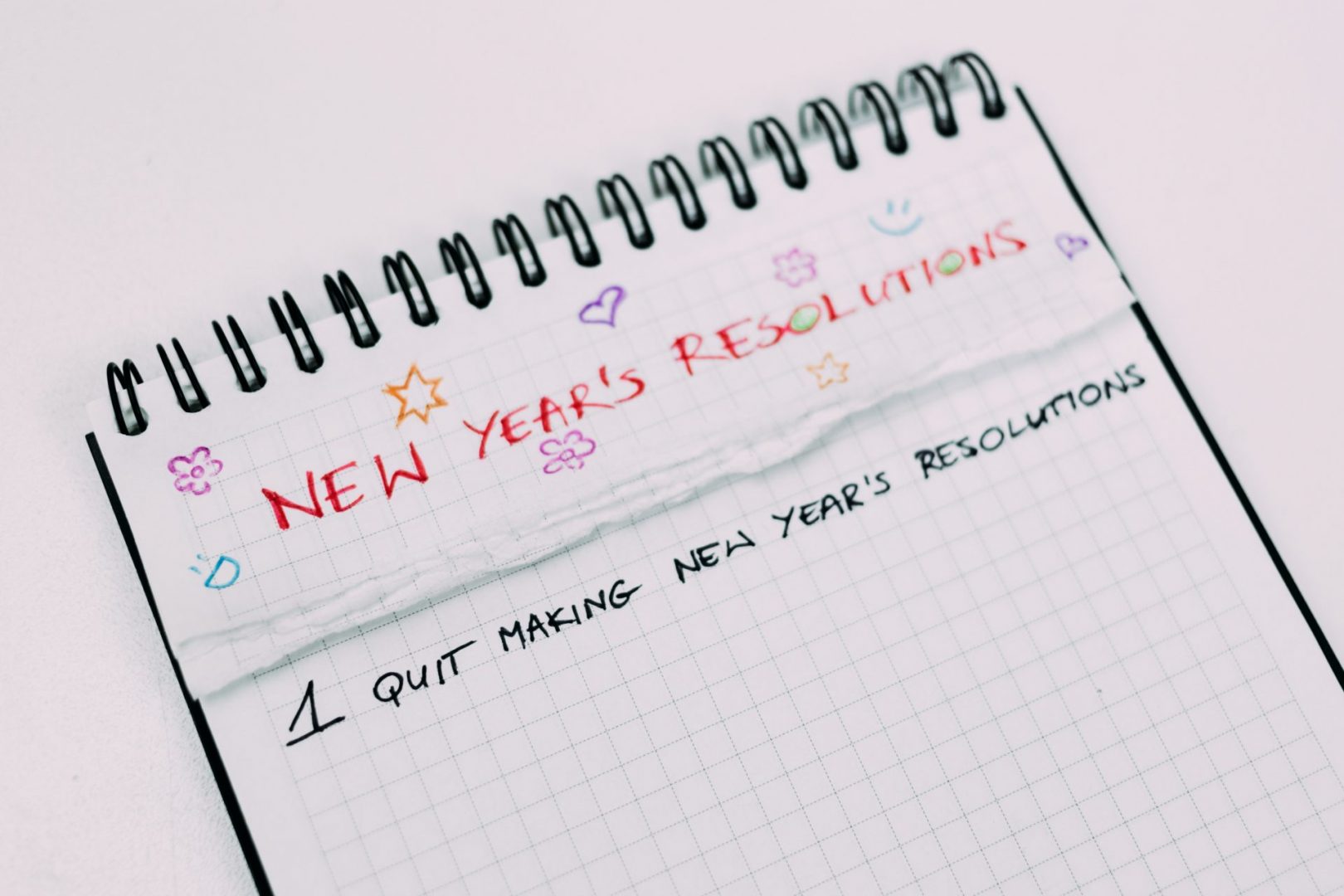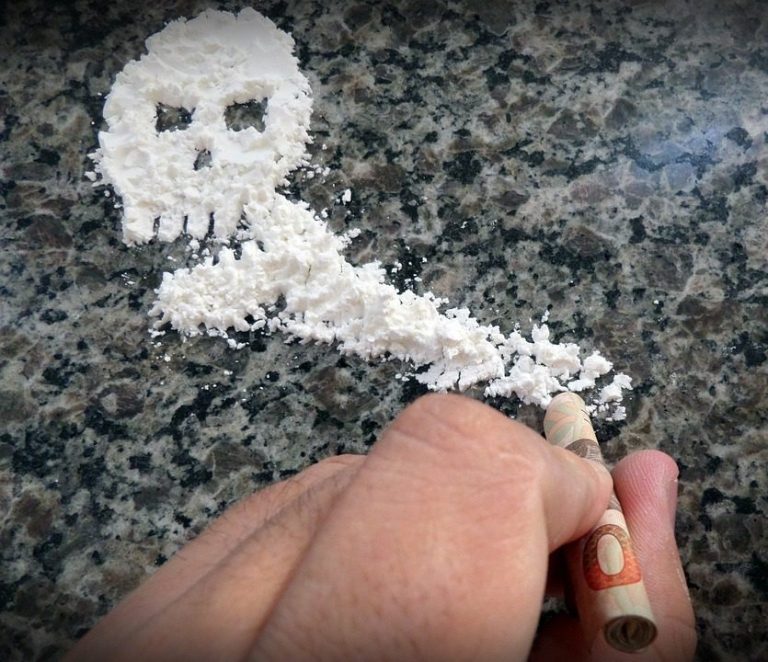SMART Goals for Lasting Behaviour Change
Goals are essentially mental images of what we want to accomplish. Setting goals involves identifying the precise objectives we want to accomplish and determining the best way to get there. Establishing specific, attainable goals is crucial for bringing about positive changes in our lives. We have all had unsuccessful New Year’s Resolutions, so simply defining a goal is typically insufficient to achieve it.
It is common to face this gap between what you intend to do and what you actually accomplish. Studies have indicated that merely desiring to change a behaviour does not always result in a substantial transformation. You have to act on your intentions if you want things to change. Setting and achieving goals can be challenging, but there are some useful tactics from recent goal-setting research that can help.
SMART Goals
The SMART goal-setting criteria are widely recognised as straightforward guidelines for establishing successful goals. The acronym SMART, which stands for Specific, Measurable, Achievable, Realistic, and Timed, was first used in the business sector. These criteria help you establish precise objectives with well-defined success measurements. A SMART goal might be, “I will exercise aerobically for 30 minutes five days a week for the next four weeks,” as an example. These specific goals are essential because they give you direction and a means of measuring your progress. One thing that SMART goals cannot provide is guidance on how to put your goal into action. For example, there are a variety of ways to accomplish the previously mentioned goal, such as going to the gym, walking, or running. You must develop action plans to assist you in determining how you will truly accomplish your SMART goals if you want them to be effective.
Action Plans
Action plans are like thorough road maps that indicate precisely where, when, and how to accomplish your goals. They assist you in determining the precise actions you must take to achieve your major goal. When it comes to action plans, keep the following points in mind:
- Your action plan should be made by you, should be brief (no more than a week), and shared with others as needed. It will be something you regularly check and update.
- Visualise your action plan as the path that will lead you to your SMART goal, or your big goal. It divides the journey into more manageable chunks.
- To follow your action plan, you must have self-efficacy, or trust in yourself. On a scale of 1 to 10, indicate your level of confidence in your ability to follow your plan once you create it. You may want to modify your action plan to make it more realistic if your confidence level is less than 7.
Coping Plan
Coping planning can be your go-to tactic if your plan encounters difficulties or roadblocks. The key to coping planning is to plan ahead and be prepared to face obstacles that may arise in your pursuit of your goals. Assume that your daily action plan is to walk around the neighbourhood for ten minutes following dinner but what if the weather gets worse? Coping planning can be useful in this situation. You can prepare ahead of time for these kinds of circumstances. You might choose to use an indoor treadmill, play an exercise video, or work out for ten minutes with weights or resistance bands.
These are backup options that will help you stay on course even if things do not go according to the original plan. It is more effective to use coping and action plans in combination than action plans alone. It facilitates staying on course and makes overcoming unforeseen difficulties simpler.
To turn your intentions into actions, setting SMART goals and creating action/coping plans is a great place to start. It is crucial to understand that creating long-lasting behaviour change is not always simple. That is why the way you phrase your plans and goals is crucial when creating them. Setting short-term objectives, such as ones that last a week, is a smart idea so you can assess what is and is not working. Do not lose heart if your first plan does not go as planned. Rather, view it as an opportunity to learn. Analyse what went wrong, make the necessary corrections, and carry on. Always keep in mind that this is a journey, and it is okay to make adjustments along the way.
If you think that you can benefit from professional support on this issue you can reach out here.
Seray Soyman is working as a Clinical Psychosexologist within the Willingness team, providing psychosexual education and sexual support sessions, as well as delivering training and workshops. She has a master’s degree in Clinical Psychosexology from the Sapienza University of Rome. Seray’s research interests are sexual communication, sex-positive behaviour, LGBTQIA+ studies, and sexual health.
References
Bailey, R. R. (2019). Goal setting and action planning for health behavior change. American journal of lifestyle medicine, 13(6), 615-618.
Bovend’ Eerdt, T. J., Botell, R. E., & Wade, D. T. (2009). Writing SMART rehabilitation goals and achieving goal attainment scaling: a practical guide. Clinical rehabilitation, 23(4), 352-361.






